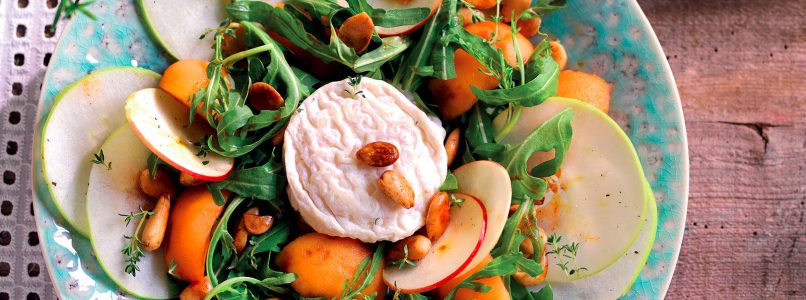A special but perfectly seasonal centrifuge! Try the medlar centrifuge and let us know
For the May centrifuge we use a somewhat underestimated fruit: the medlar
Why eat medlars
These small yellow fruits that ripen just this season are rich in properties.
They contain minerals such as sodium, potassium, iron, copper, manganese, calcium, phosphorus, magnesium, selenium and zinc.
They are also a source of vitamins, especially A, B and C and contain Omega 3 and Omega 6 fatty acids.
Despite having astringent properties due to the presence of tannins, they do not cause constipation, but rather regularize intestinal transit.
The medlar also have a good content of antioxidant flavonoids such as chlorogenic acid. These substances counteract the activity of free radicals by preventing cellular aging.
How to consume medlars
The medlars are eaten naturally, but they can also be candied or cooked to make many recipes, not just desserts. The best medlars are the mature ones of a beautiful intense yellow-orange color. When they are not completely ripe and still have green parts they have a sour taste. To consume them, just remove the thin skin that surrounds them and the large internal seeds.
The medlars are also often used for the preparation of mustards and jellies, excellent as an accompaniment to seasoned meats and cheeses. The leaves are used for the preparation of herbal teas and detoxifying decoctions for the liver, while the seeds produce a liqueur called Nespolino, very similar in taste to Amaretto.
How to make a centrifuge with medlars
The medlars contain only 25 calories per 100 grams and have a considerable satiating effect, which is why we have chosen to use them to prepare a delicious light and refreshing centrifuge perfect for this month that precedes the arrival of summer.
Together with the medlars we will centrifuge ginger root, a green apple, mint leaves and a kiwi. As always, you decide the quantities.
Do you want to give the centrifuge a spicy taste? Abound with ginger and if you want to make it very sweet, use yellow and not green apples.
Remember to remove loquat seeds and peel. Ginger and kiwis must be peeled, while apples are deprived of the core because the peel can be centrifuged.
It is not necessary to sweeten this centrifuge in any way, which will be naturally sweet and with a slightly acidic aftertaste.
To prepare the centrifuge it is enough to cut all the fruit, add small pieces of ginger and a few leaves of mint and put everything in the appropriate machinery.
What to do with the residues? Add them to the dough of a simple breakfast cake.

